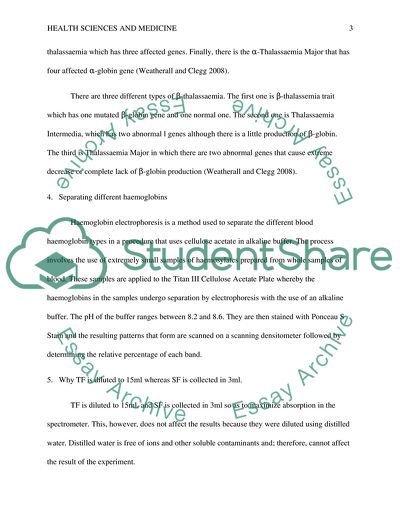Thalassaemia Lab Report Example | Topics and Well Written Essays - 500 words. Retrieved from https://studentshare.org/health-sciences-medicine/1610973-thalassaemia
Thalassaemia Lab Report Example | Topics and Well Written Essays - 500 Words. https://studentshare.org/health-sciences-medicine/1610973-thalassaemia.


